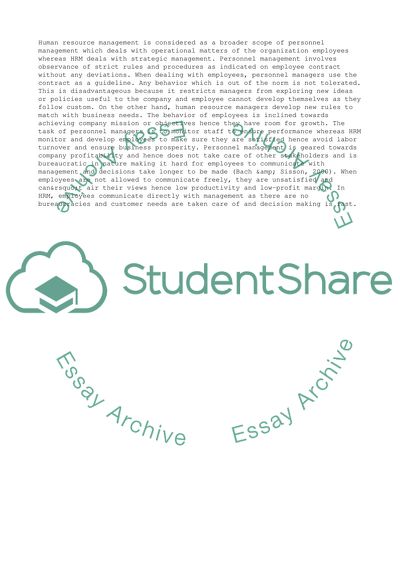Cite this document
(Human Resource Management Vs Personnel Management Dissertation - 21, n.d.)
Human Resource Management Vs Personnel Management Dissertation - 21. Retrieved from https://studentshare.org/management/1735545-human-resource-management
Human Resource Management Vs Personnel Management Dissertation - 21. Retrieved from https://studentshare.org/management/1735545-human-resource-management
(Human Resource Management Vs Personnel Management Dissertation - 21)
Human Resource Management Vs Personnel Management Dissertation - 21. https://studentshare.org/management/1735545-human-resource-management.
Human Resource Management Vs Personnel Management Dissertation - 21. https://studentshare.org/management/1735545-human-resource-management.
“Human Resource Management Vs Personnel Management Dissertation - 21”, n.d. https://studentshare.org/management/1735545-human-resource-management.


